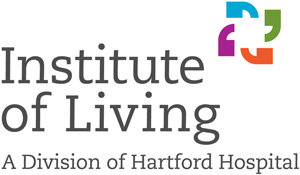Eight Communities to Receive Funds to Support Downtown Improvement Initiatives
/Connecticut Main Street Center (CMSC), the downtown revitalization and economic development non-profit, is awarding eight organizations and municipalities a total of $80,000 in 2015 Preservation of Place grants. The grants will be used to provide Bridgeport, Canton, Hartford, New Milford, Newtown, Putnam, Torrington, and Windsor Locks with targeted resources to increase their capacity to plan for preservation and revitalization initiatives in their downtowns and neighborhood commercial districts.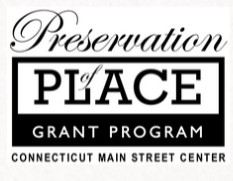 The Preservation of Place grant program provides a source of funding for new initiatives that can be integrated into, and leverage, comprehensive Main Street preservation and revitalization programs. The funds are meant to be flexible to meet individual community need.
The Preservation of Place grant program provides a source of funding for new initiatives that can be integrated into, and leverage, comprehensive Main Street preservation and revitalization programs. The funds are meant to be flexible to meet individual community need.
The 2015 recipients of Preservation of Place Grant funds are:
- Bridgeport Downtown Special Services District for a feasibility study of the creation of a regional food hub and community supported agriculture in downtown Bridgeport

- Town of Canton for a comprehensive market study and brand strategy for Collinsville
- Hartford Business Improvement District for the creation of a community vision plan for a six block area of the Asylum Hill neighborhood
- Town of New Milford for a historic downtown New Milford branding & marketing program
- Town of Newtown for the Sandy Hook Village Signage & Wayfinding Design Plan
- Town of Putnam for Downtown Putnam design guidelines & standards
- City of Torrington for a Downtown Torrington market study & branding/imaging program
- Town of Windsor Locks for the historic train station reuse study

"Historic preservation and the revitalization of our Main Streets create jobs, bring vacant buildings back on the tax rolls and add value and vitality to adjacent buildings and neighborhoods," said John Simone, CMSC President & CEO.
"The diversity of locations, from the Northwest Corner of Connecticut to New London, matched with the diversity of projects, from creative placemaking in urban open spaces to organizational and leadership development that will improve the management function in downtown, will allow each community to respond to their greatest current need, actively creating their direction of growth," he added.
Since 2008, CMSC has awarded $446,130 through the Preservation of Place grant program to twenty four Connecticut communities, leveraging over $1 million in local Main Street initiatives. The program receives support from the State Historic Preservation Office with funds from the Community Investment Act. A year ago, a total of $70,000 in grants were awarded to Bridgeport, Canton, Essex, New London, Norwalk, the Northwest corner, and Willimantic.
The mission of Connecticut Main Street Center is to be the champion and leading resource for vibrant and sustainable Main Streets as foundations for healthy communities. CMSC is dedicated to community and economic development within the context of historic preservation, and is committed to bringing Connecticut's commercial districts back to life, socially and economically.


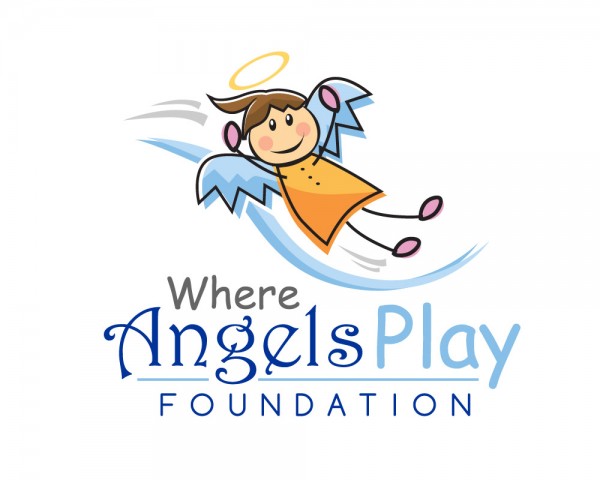
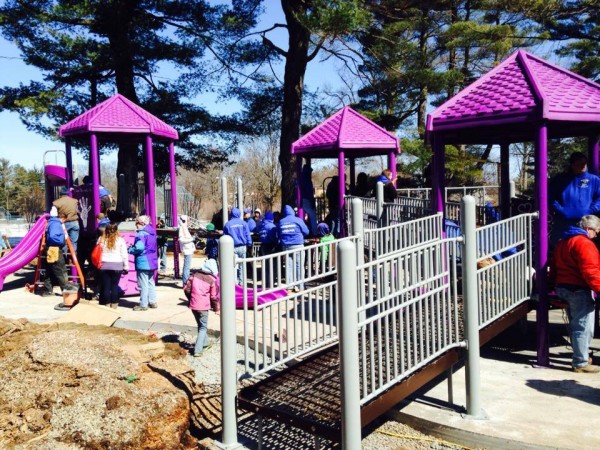 abeth Park.
abeth Park.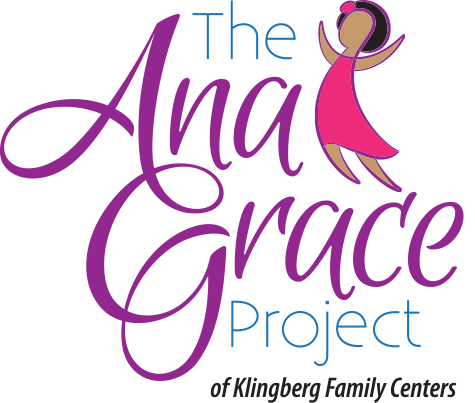
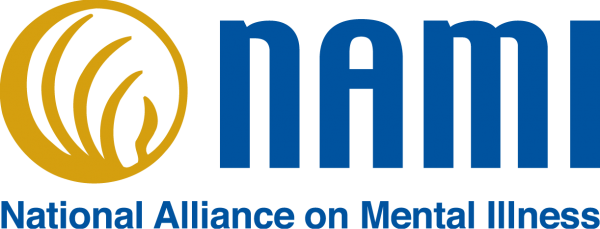 ,” the report indicated. Then, the shooting at Sandy Hook Elementary School in Newtown on December 14, 2012 provided “a major impetus for lawmakers to propose legislation which would impact children and adults living with mental illness,” the 63-page report indicated.
,” the report indicated. Then, the shooting at Sandy Hook Elementary School in Newtown on December 14, 2012 provided “a major impetus for lawmakers to propose legislation which would impact children and adults living with mental illness,” the 63-page report indicated.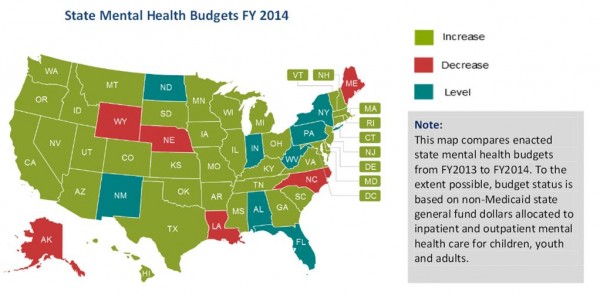
 ne-minute educational video
ne-minute educational video produced in the opening weeks of school, just prior to the mid-September entry deadline.
produced in the opening weeks of school, just prior to the mid-September entry deadline.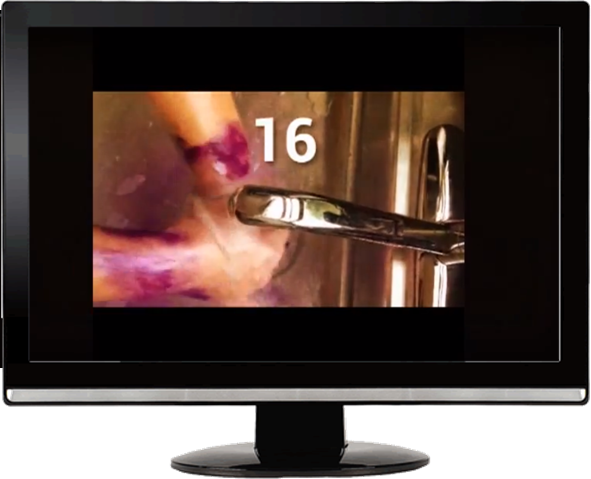
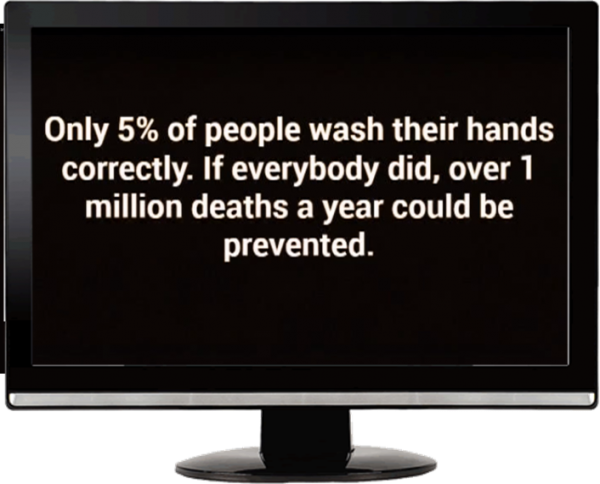

 apparently set to get underway in Connecticut.
Writing in the Autumn 2012 edition of
apparently set to get underway in Connecticut.
Writing in the Autumn 2012 edition of  ent illnesses may someday lead to new treatments,” Assaf suggested in the article published prior to the Newtown killings.
ent illnesses may someday lead to new treatments,” Assaf suggested in the article published prior to the Newtown killings.